- Date
Sak三: Process & Progress update!
A short update on how Sak三 is made and expected distribution.
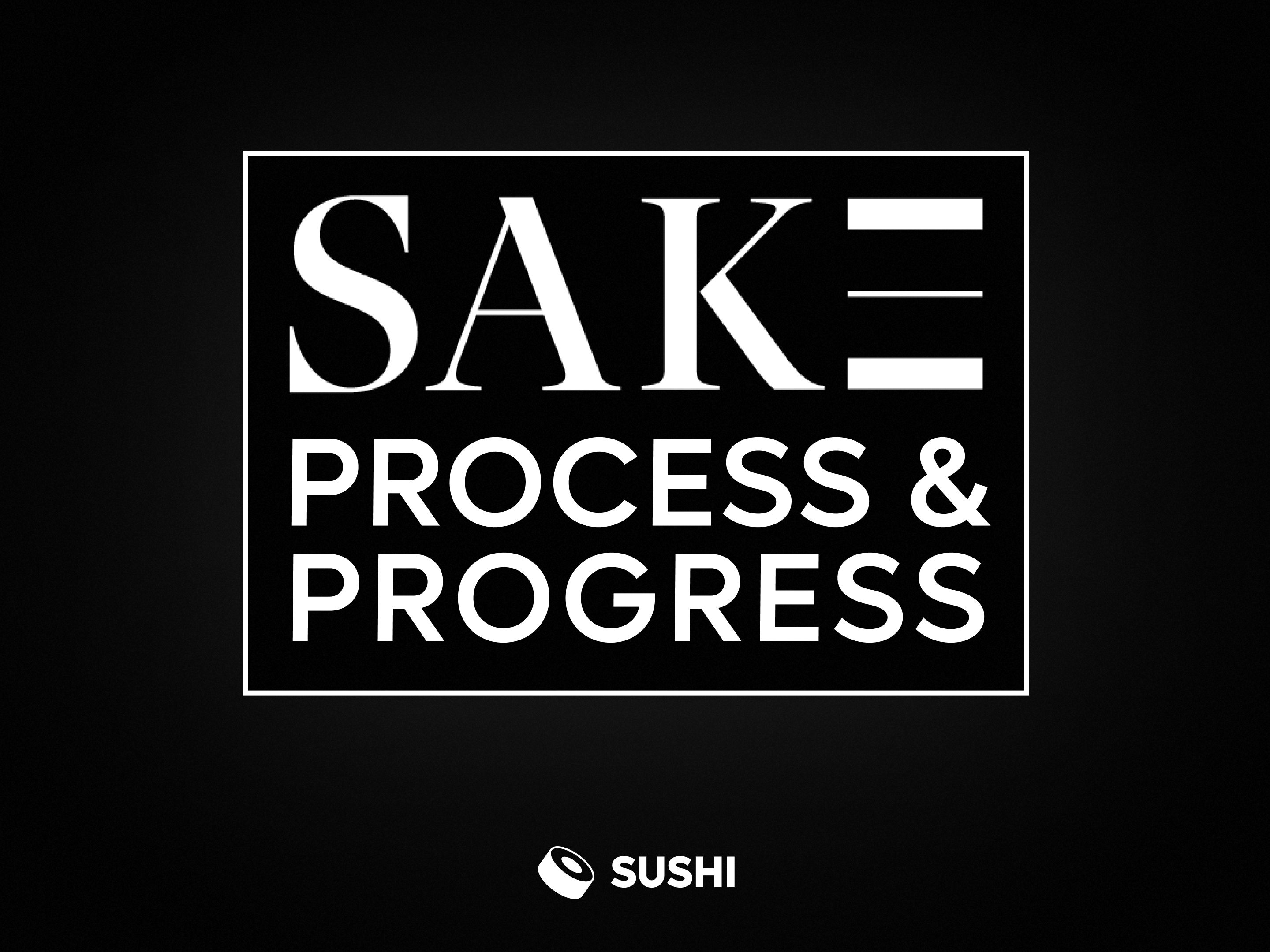
Written by: Elliot Faber
What is Sake?
In Japan, ‘sake’ means ‘alcohol’. You could easily be served a beer while asking for sake in Japan if the bartender is feeling cheeky enough. The official, registered and protected name for the fermented rice beverage we call sake is Nihonshu, 日本酒, or ‘Alcohol of Japan’. In the ‘70s, there were well over 3000 breweries in Japan. Today, just half a century later, there are less than half that amount of breweries currently in production. Nihonshu is truly a craft product, even at its highest production volume.
With roots in China, sake has existed for over 2000 years, with much of the production methods developed during the 16th century still in practice today! Originally only for religious practice and royalty, demand for this fermented rice beverage eventually grew to the point that cottage industry took it over; by the Edo period starting in the 1600s, sake was for everyone!
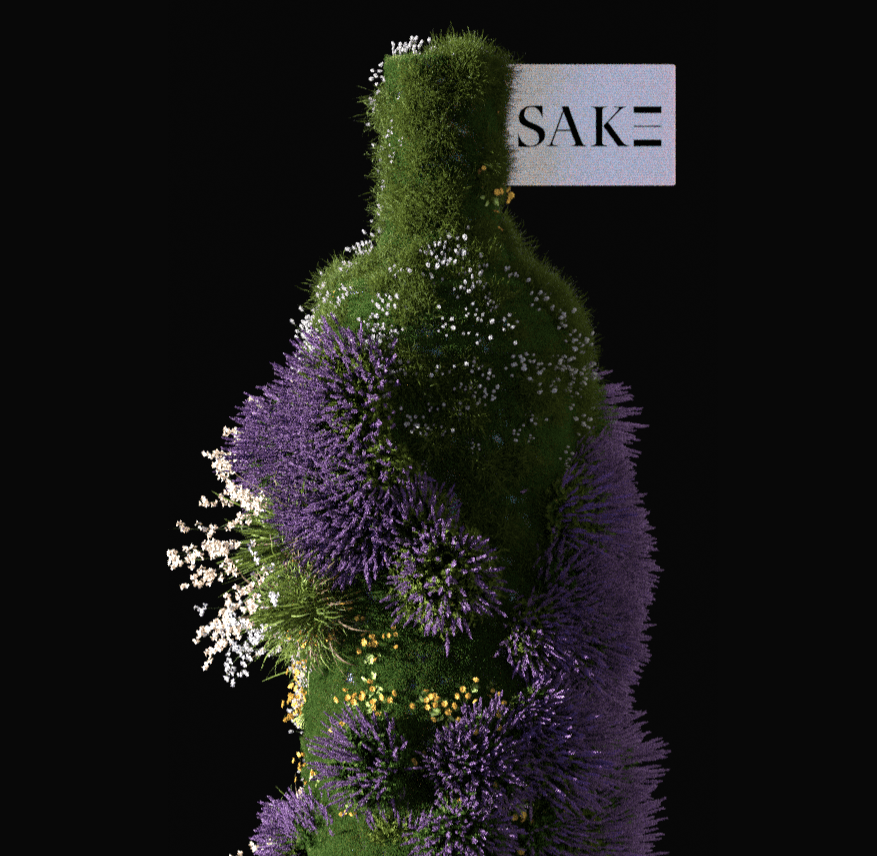
The recipe has been largely unchanged. The only permitted ingredients for sake production are yeast, water, rice, koji and sometimes brewer’s spirit (a neutral grain spirit sometimes used for artisanal purposes at one specific part of the sake making process). Rice is required for conversion of starch to sugar; each rice variety brings pros and cons to the table. Water makes up around 80% of sake and steaming the rice with local, straight from the source water will impart nuance to the taste of sake. Also, it will provide minerals which act as food for yeast and, most of all, water helps to loosen up starch molecules to prepare for the next step: addition of koji.
Koji mold is a fungus sacred to Japanese food culture. Found in miso and soy sauce (among other foods), in sake production, koji mold will land on a grain of rice and release enzymes which convert proteins into amino acids and starch into fermentable, soluble sugar. The way you use your koji will affect the ultimate flavor of the sake. Yeast is another fungus which will eat this soluble sugar and convert it into alcohol (and CO2)! The temperature of the fermentation will also affect the flavor and aromatic structure of the sake. The amino acids created by koji mold will also bring umami to the sake. So many controls, so many factors and decisions that must be considered by the Toji (brewmaster) - sake is truly a handmade product at any level!
The world of sake is detailed and wrought with clashes of technique and history against innovation and standardization. There is no right direction for the sake industry, except unity. Many sake breweries have owned their assets for over a century. Their business plan is based on minimal overhead, a scattered approach to marketing and constant efforts to reach a target audience. These days, the target audience is in exports (one of the few sake categories actually increasing in volume), but many breweries don’t have the confidence or connections to give themselves a voice overseas.

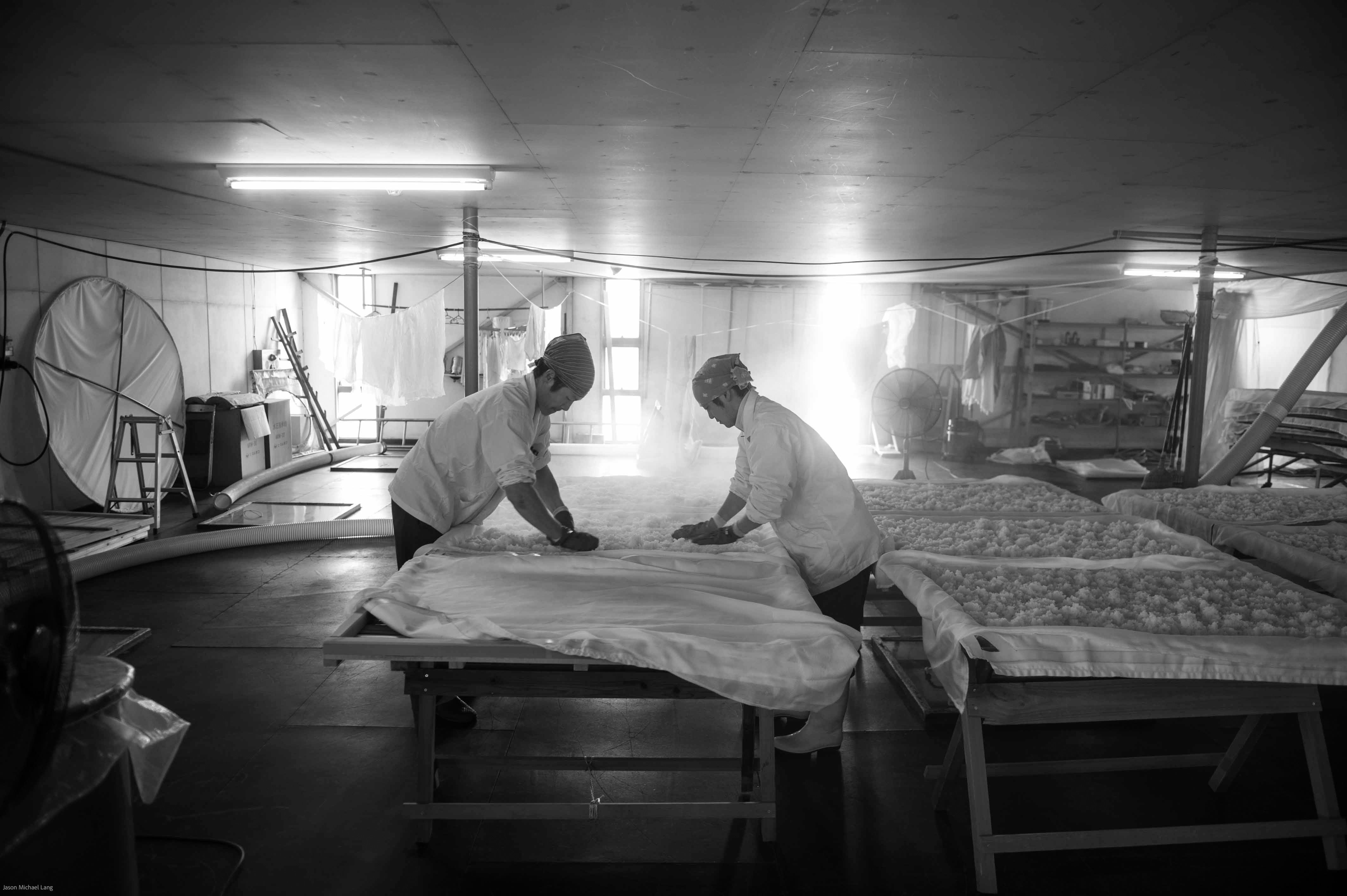
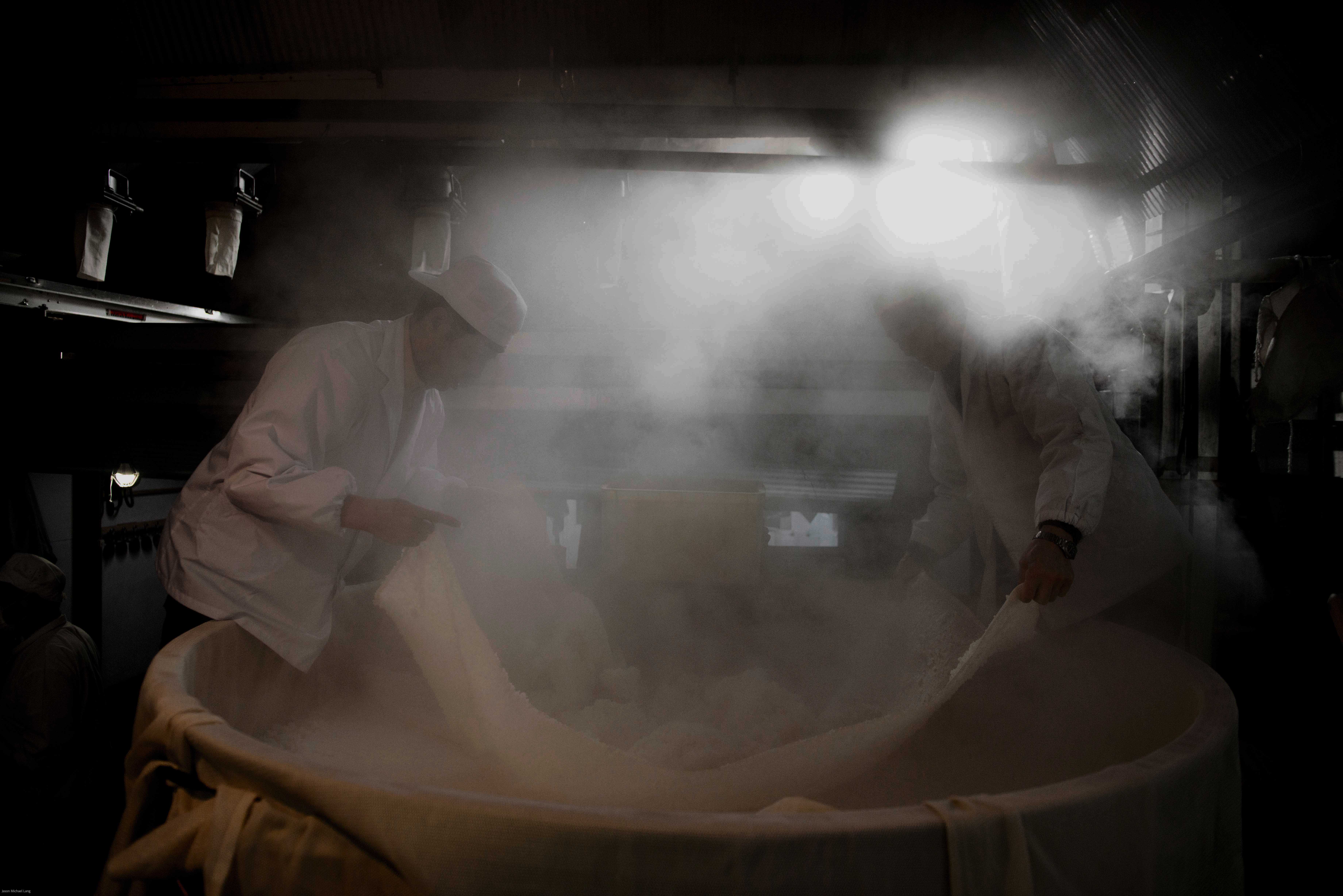
About SAK3
This is where people like us come in. My job is the story teller, the curator. I’ve selected a brewery with the vision and confidence to try first-of-their-kind projects and they have in turn trusted me to select a recipe that is out of their wheelhouse, but unique in the sake world. Your job is to believe in this project and, eventually, to taste the sake!
SAK3 is completely unpasteurized, undiluted and non-charcoal filtered. It is made from rice grown within a stone's throw from the brewery, a yeast which is hardly used today and pressed only by gravity. Each grain of rice is polished to 50% of its original size and the result is a style of sake you need to mouthfulls of air to say: Junmai Daiginjo Muroka Nama Genshu Kimoto. This is SAK3.
After being selected to put this project together, I was kindly connected to BIG architects who obliged to design the bottle. The challenge may not be as easily said as it is to write: from a home base of Hong Kong, coordinate the bottle design, sample review and production process with ‘Japan’. Needless to say, this isn’t your ordinary bottle and, even more needless to say, coordination of simple conversations, let alone logistics, is not easily done in Japan, even today (let alone over the last 18 months). Japan is still very much affected by COVID-19.
You see, we aren’t just producing a sake, bottle and box. We are producing a bottle, cap, box, cork, label and sake. Further, even though this is being ‘Made in Japan’, even the Japanese procure materials from China and getting anything out of China during COVID has also been a difficult process.
A small insight into the companies SAK3 has been working with:
BOX PRODUCTION: OSAKA SEALING PRINTING CO., LTD.
LOCATION: OSAKA - Established in 1954
FLAG PRODUCTION: Company Name MASUNARI WOVEN LABEL CO., LTD.
LOCATION: HIROSHIMA - Established in 1951
BOTTLE PRODUCTION: SAKURA TOKI CO., LTD.
LOCATION: GIFU - Established in 1897
CAP PRODUCTION: IMARITOGEI CO., LTD.
LOCATION: SAGA - Established in 1981
WRAPPING PAPER and STICKER PRODUCTION: WATADA PRINTING CO., LTD.
LOCATION: KYOTO -Established in 1899
SAKE PRODUCTION: KITANISHI SHUZO
LOCATION: SAITAMA - Established in 1894
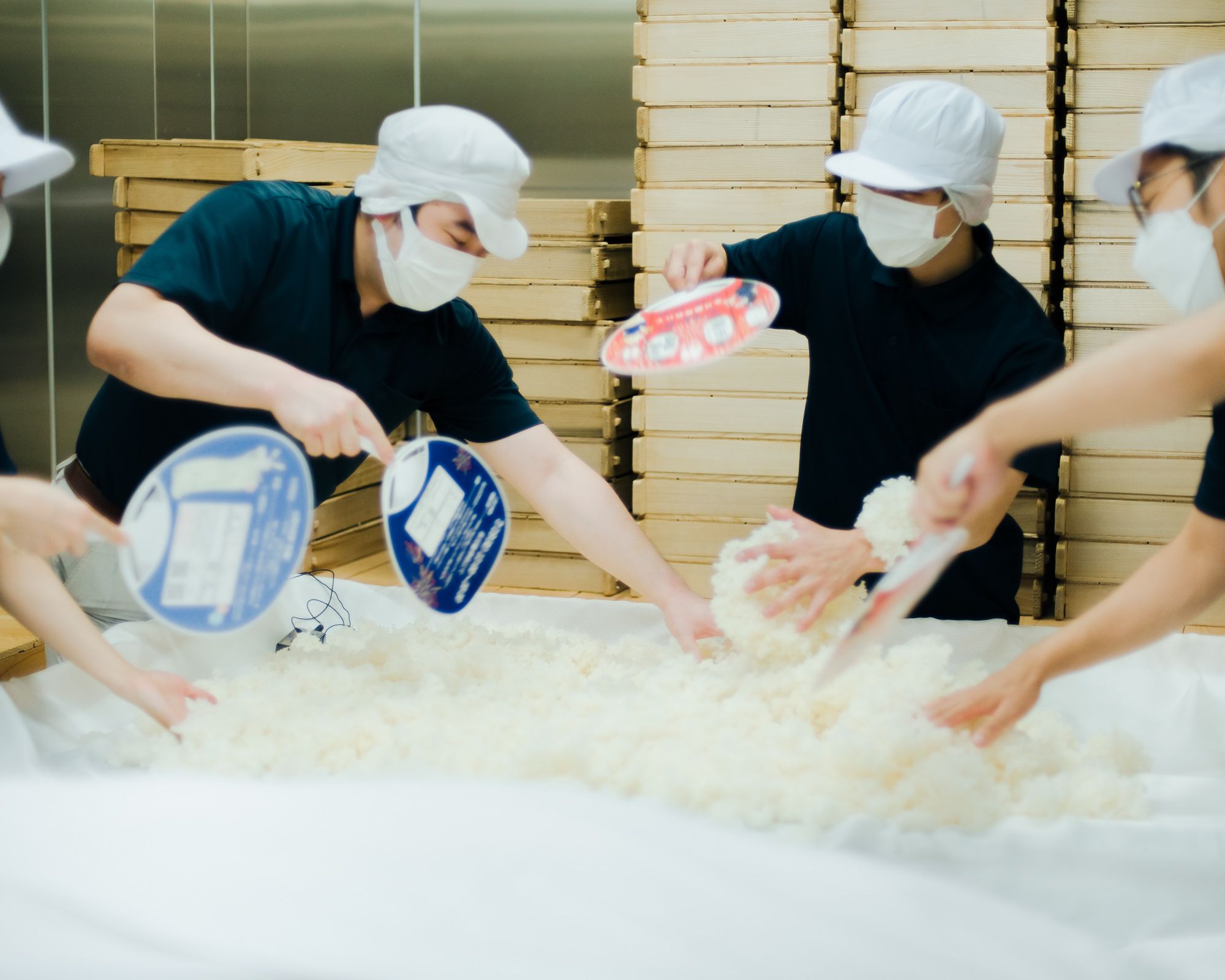
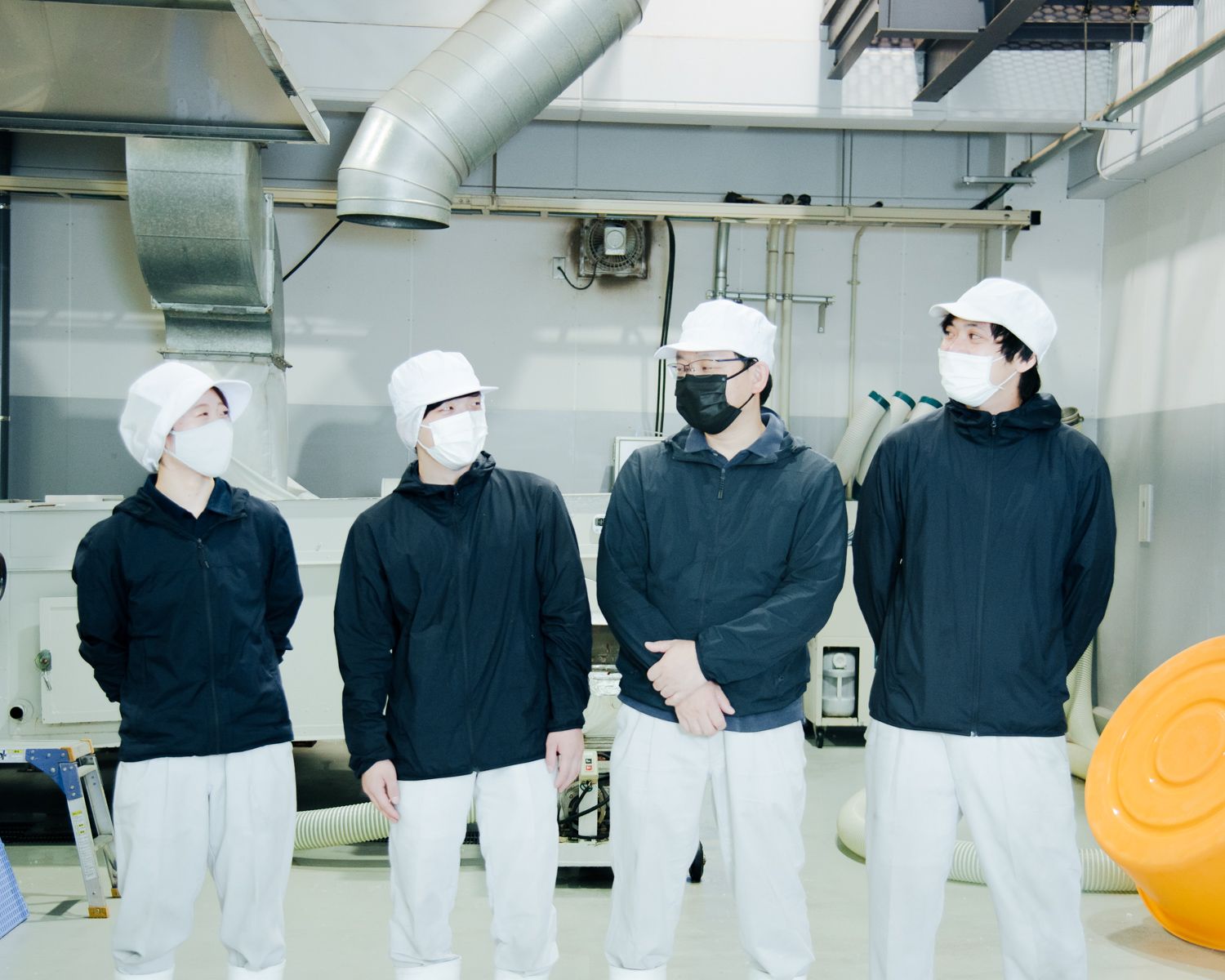
I have had the honor of coordinating materials, measurements and communication with these 6 entities, managing my own taste profile for the sake from Hong Kong and managing design expectations with BIG in Denmark. Throw in original SAK3 works by Jonathan Jay Lee and FVCKRENDER for good measure and we have ourselves a very diverse project!
What’s next?
I realize it hasn’t always looked like that from the outside. As the SAK3 DAO develops and the SUSHI team gets behind this project, you can expect communication and action to be increased as everyone works more cohesively.
So, the SAK3 project is very much alive. When will you get your sake? The new answer is that we expect to ship before the end of this year. It is conservative and achievable. By the end of the year, we will have coordinated all the pieces from all the different manufacturers, consolidated the physical pieces at the brewery and begun bottling and shipping. We will be able to ship the bottle to where you are, almost anywhere in the world.
What’s next for SAK3? There is already a Cognac-cask aged sake in the works and talk of partnering with a sake brewery for the purpose of OEM production and ryokan/agri-tourism implementation. All of this is realistic within the scope of the DAO. For those who stayed on with what I can respect must have felt like blind faith, I salute you and thank you for your trust and patience. The time is almost here: it’s time to bring SAK3 to the world!
Stay tuned for the next update about how to get Sak3 shipped to your home!
Sushi is building a comprehensive DeFi ecosystem! Follow our socials to keep up with our product launches and find out more on how you can make the most of your cryptocurrency assets with Sushi’s secure and powerful DeFi tools!
Exchange | Furo | Docs | Discord | Twitter | Telegram | Newsletter | YouTube | Github